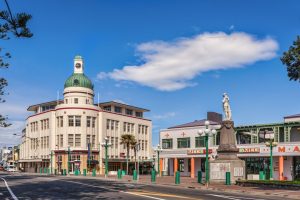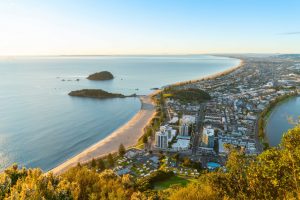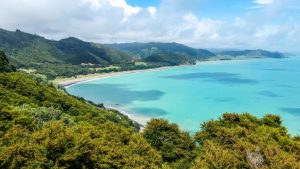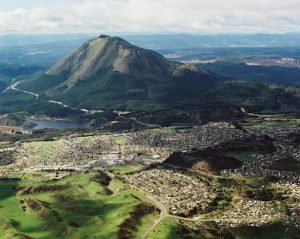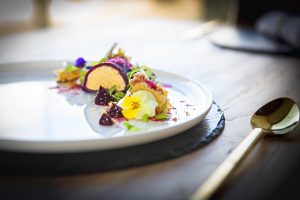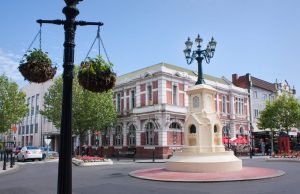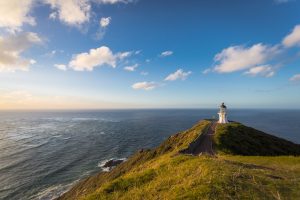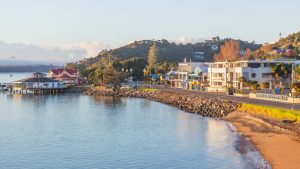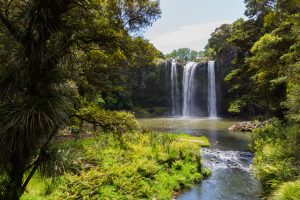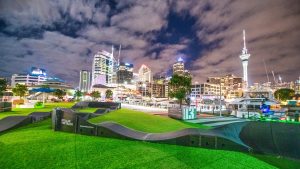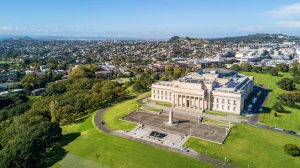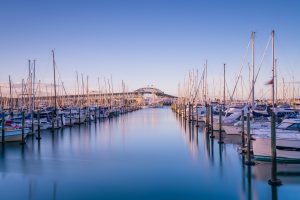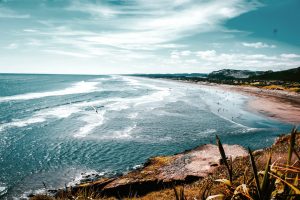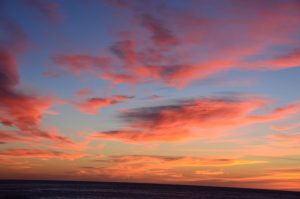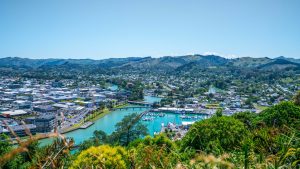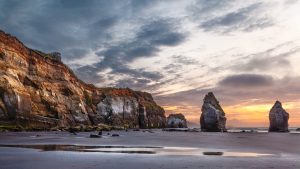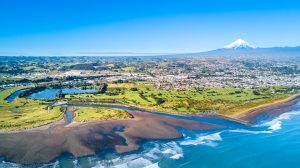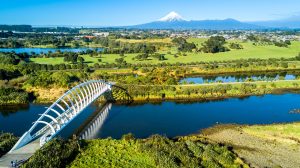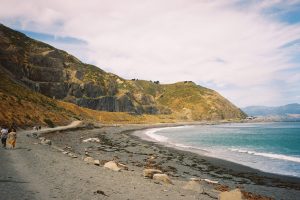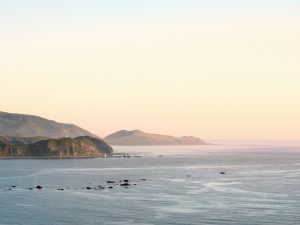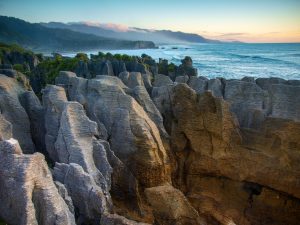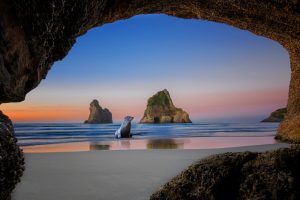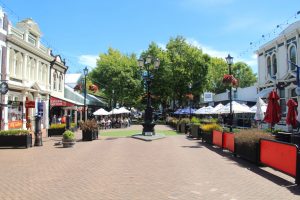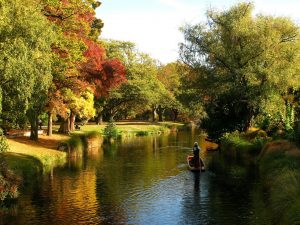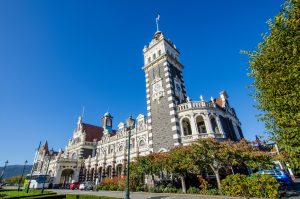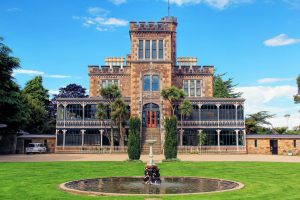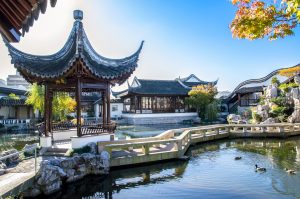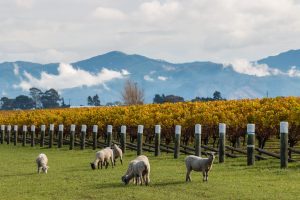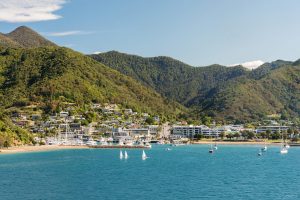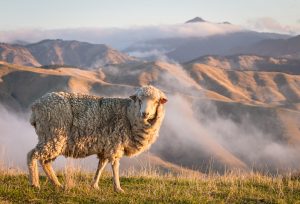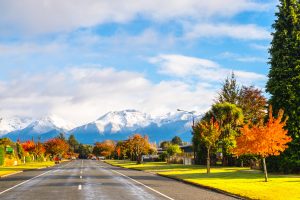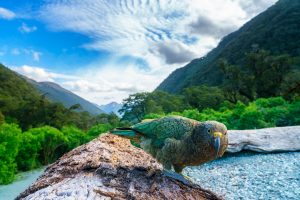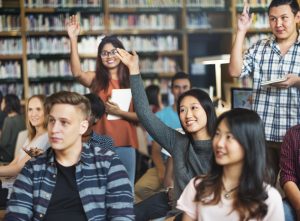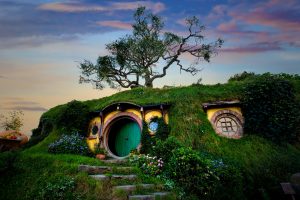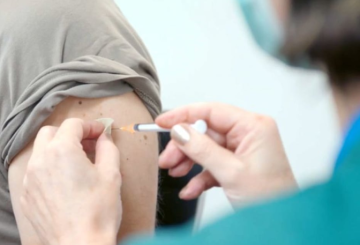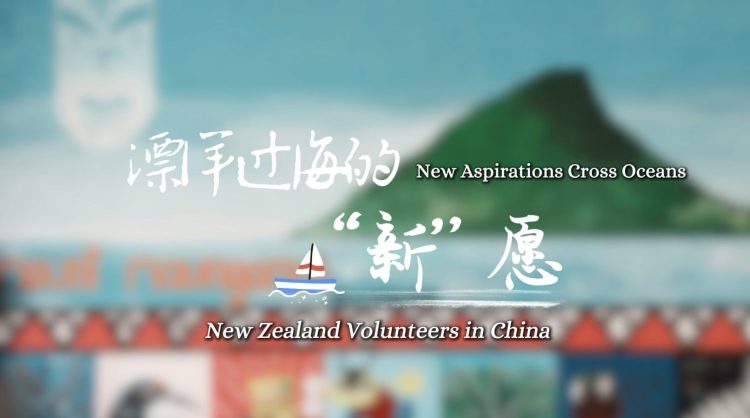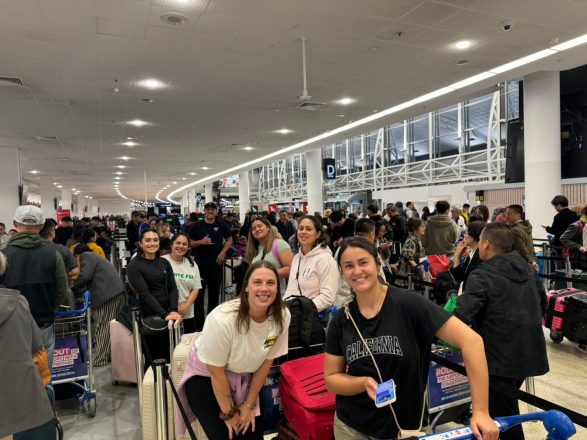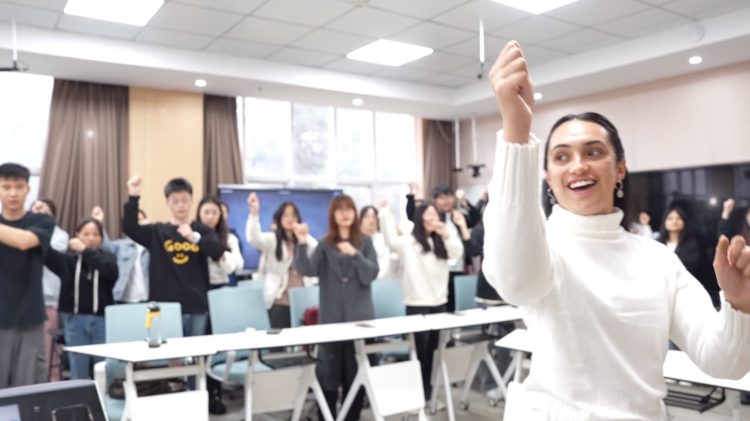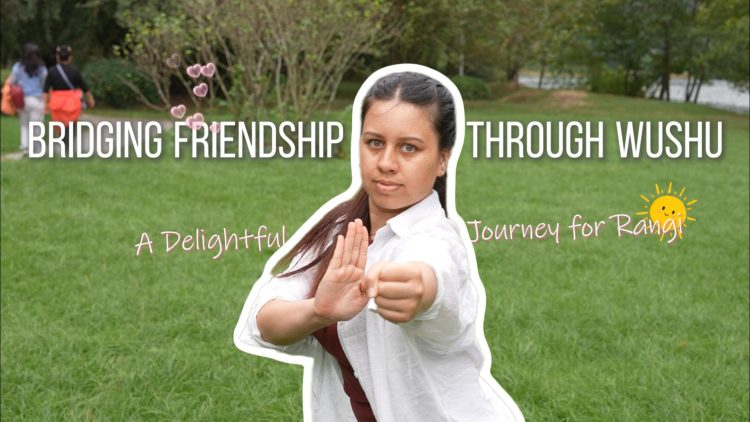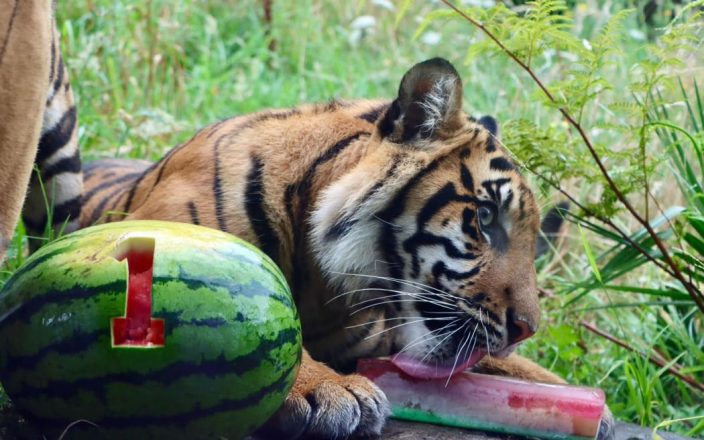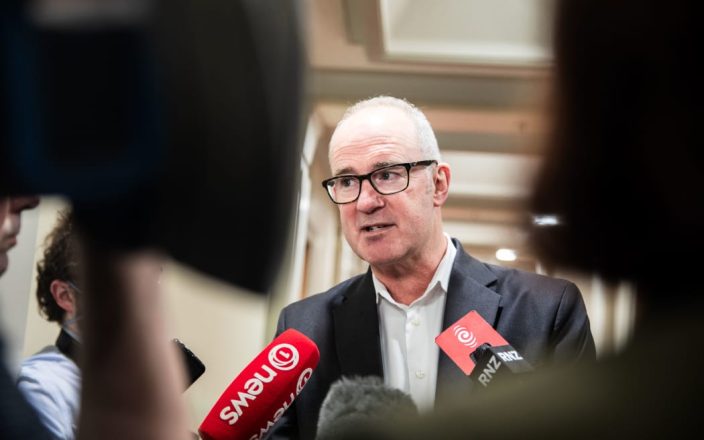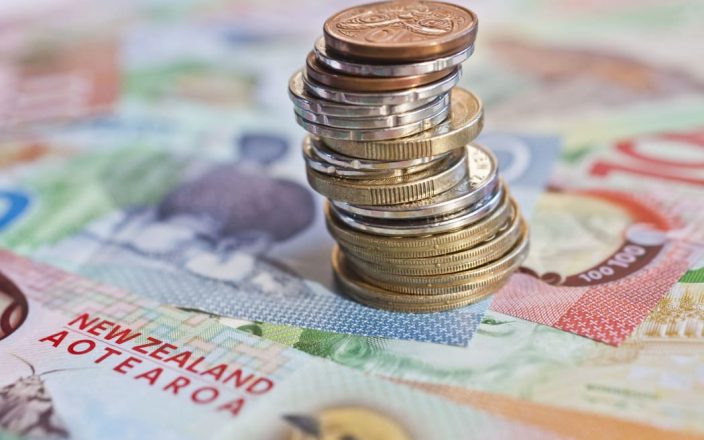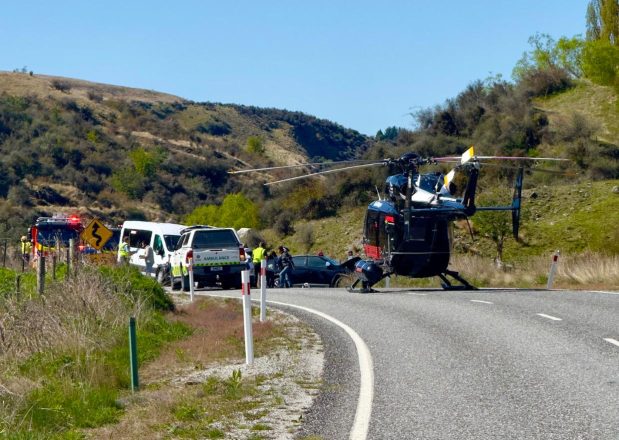The Bay of Plenty–Jiangxi relationship, formalized in 2019, is a partnership focused on fostering cultural exchange, economic cooperation, and youth development. Over the years, this relationship has supported initiatives such as trade and investment promotion, student exchanges, cultural performances, and most recently, the success of the Jiangxi Volunteer Program. These efforts have strengthened ties between the two regions and provided meaningful opportunities for communities on both sides. Learn more about this programme here.
In a heartwarming tale of cultural exchange, Manaia Sorensen, a Māori dance performer from New Zealand, embarked on a three-month volunteering journey to Jiangxi, China. Her mission was not only to teach English but also to share the rich traditions of Māori culture, including the vibrant art of Kapa Haka, with local students. Manaia’s journey became a testament to the power of cultural exchange, fostering mutual understanding and friendship across oceans.
Manaia, along with seven other volunteers, arrived in Jiangxi in September 2024 as part of a cultural exchange initiative. In classrooms, she introduced students to New Zealand’s unique customs, language, songs, and dances. “In my culture, we like to build friendships,” Manaia shared, noting a parallel with Chinese values. Her students, like Tang Jinyun, expressed enthusiasm about learning Māori traditions, while others highlighted how such exchanges deepened their appreciation for New Zealand’s cultural richness.
The exchange extended beyond classrooms. At an English corner event, Chinese students dressed in traditional Hanfu performed Chinese dances, while Manaia reciprocated with Māori dances, showcasing the universality of connection through art. “Although we can’t speak the same language, we connect through culture, feelings, and actions,” Manaia reflected. She embraced Chinese traditions in daily life, finding joy in shared meals and learning about the historical significance of Chinese opera and traditional medicine. Her immersion even inspired parallels between Chinese and Māori healing practices.
Manaia’s experience culminated at the Tang Xianzu International Theatre Exchange Month in Fuzhou, where she envisioned Māori culture gracing an international stage. “Being part of this event was a huge privilege,” she remarked, expressing hope for future exchanges that celebrate global diversity. As Manaia’s time in China came to an end, she left behind not just lessons in language and dance but also a legacy of mutual respect and understanding. Her story serves as a reminder that education and culture can bridge even the widest oceans, nurturing seeds of global harmony.

